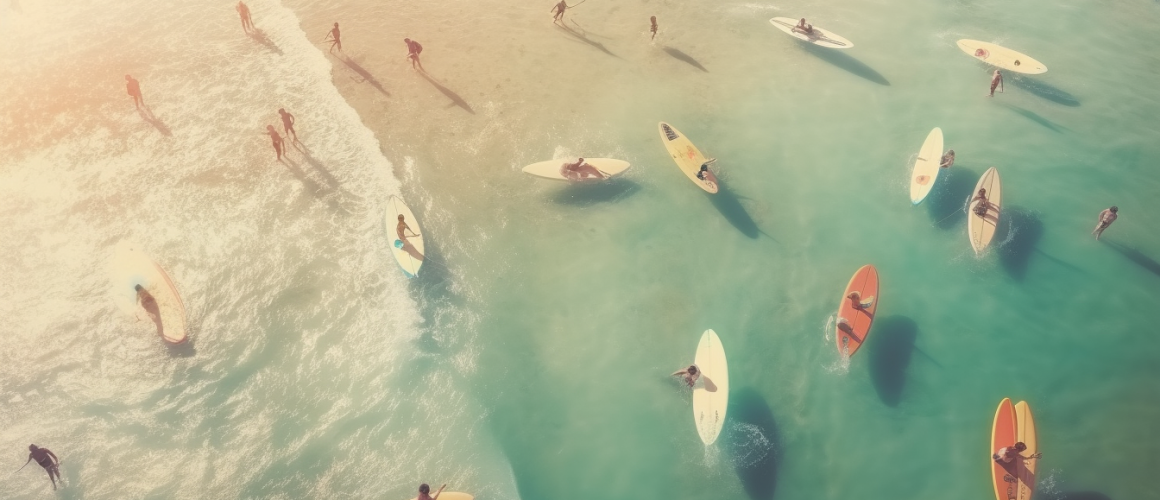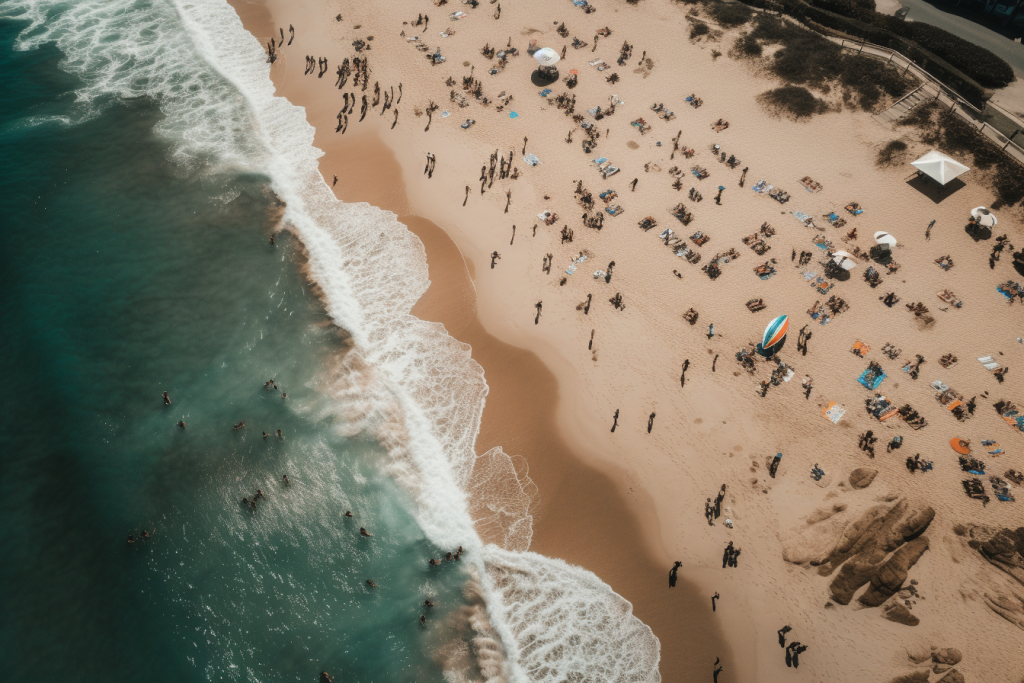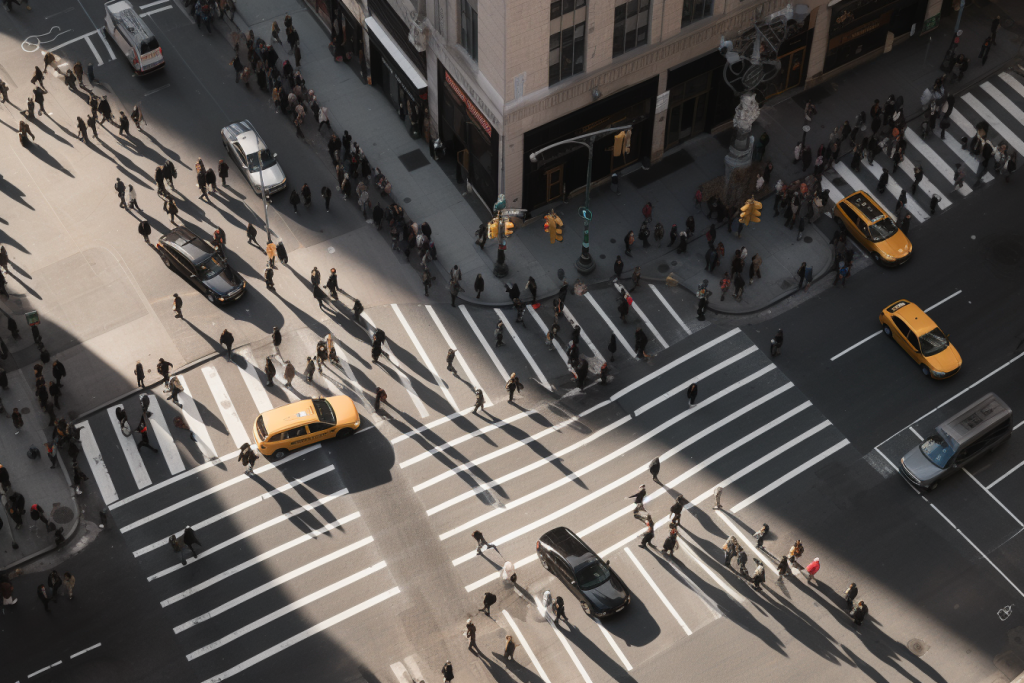Shoot the best aerial photos
Introduction
Capturing the absolute best aerial photos goes beyond mere luck. It demands meticulous planning. Ensuring that you not only have the right equipment but also possess a deep understanding of photography principles. To help you in this endeavor, here are a few invaluable tips and techniques. This will assist you in capturing breathtaking aerial photographs. Leaving everyone in awe of your skills and creative vision. Soar through the skies and capture the beauty that awaits from above!
Planning your project
- Choose the right location: Select visually captivating locations with interesting landscapes, landmarks, or subjects that you want to photograph from the air.
- Get the right equipment: Use a high-quality camera with manual settings or a drone. A stabilized camera capable of capturing RAW images would be best. The higher the resolution, the more details you can capture.
- Use a stable platform: If you’re using a drone, make sure it’s properly calibrated, and the gimbal is steady to avoid blurry or shaky photos.
- Plan your flight: Before taking off, study the area and plan your flight path to capture the best angles and compositions. Familiarize yourself with any flight restrictions or no-fly zones in the area.
- Optimize camera settings: Use manual mode to control exposure, shutter speed, aperture, and ISO to achieve the desired effect and avoid overexposure or underexposure.
- Focus on composition: Pay attention to framing and leading lines to guide the viewer’s eye and create a sense of depth in the aerial photos.
- Shoot in the right light: Early mornings and late afternoons (golden hours) provide soft, warm light that enhances your photos. Avoid harsh midday sunlight if possible.
- Use ND filters: If you are shooting from a drone, consider using ND (Neutral Density) filters to control light and avoid overexposed areas in your images.
- Experiment with angles: Try shooting from different heights and angles to capture unique perspectives of the subject when taking aerial photos,
- Bracket your shots: Take multiple shots at different exposures (bracketing) to ensure you capture the best possible range of highlights and shadows.
- Post-processing: Once you have your aerial photos work on them. Enhance them further using photo editing software to adjust colors, contrast, and sharpness. However, still maintaining a natural look.
- Practice and patience: Aerial photography takes practice. Be patient, and don’t be discouraged if your initial shots don’t meet your expectations. Keep experimenting and learning from your results.
Remember, safety is of utmost importance when flying drones. Always follow local regulations and guidelines for drone operations to ensure a safe and enjoyable aerial photography experience.
Best cameras for ariel photos
- DJI Zenmuse X7: This is a high-quality camera specifically designed for use with the DJI Inspire 2 drone. It features a Super 35 sensor and interchangeable lenses, providing excellent image quality and flexibility.
- Sony Alpha a7R IV: This mirrorless camera has a high-resolution full-frame sensor, making it suitable for capturing detailed aerial images. It’s lightweight and adaptable to various lenses.
- Hasselblad L1D-20c (DJI Mavic 2 Pro): This camera is integrated into the DJI Mavic 2 Pro drone, offering a 1-inch sensor and Hasselblad’s imaging technology, resulting in excellent image quality.
- DJI Phantom 4 Pro V2.0: This drone comes with a 1-inch 20MP sensor camera capable of shooting 4K video and capturing high-resolution stills.
- GoPro HERO9 Black: While not as advanced as some other options, the GoPro HERO9 Black is a compact and versatile action camera that can be mounted on drones or used for handheld aerial shots.
- Sony RX100 VII: This compact point-and-shoot camera offers advanced features and a 1-inch sensor, making it suitable for aerial photography with smaller drones.
- RED Komodo: For professional cinematography and high-end aerial shots this is amazing. The RED Komodo is a cinema camera with a compact form factor and excellent image quality.
Best drones for aerial photos photography
- DJI Mavic 2 Pro: This drone features the Hasselblad L1D-20c camera with a 1-inch CMOS sensor, offering excellent image quality and 4K video recording. It’s a compact and foldable drone, making it highly portable.
- DJI Phantom 4 Pro V2.0: The Phantom 4 Pro V2.0 comes with a 1-inch 20MP sensor camera capable of shooting 4K video at 60fps. It offers advanced flight modes and obstacle sensing technology.
- DJI Inspire 2: Designed for professional use, the Inspire 2 is a powerful drone that can carry the Zenmuse X5S or X7 camera. Both offering excellent image quality and interchangeable lenses.
- Autel Robotics EVO II: This drone comes with an impressive 1-inch sensor camera capable of shooting 6K video and capturing 20MP stills. It offers a long flight time and a range of advanced features.
- Skydio 2: Known for its obstacle avoidance capabilities, the Skydio 2 is a great option for capturing action shots and dynamic aerial footage. It features a 12.3MP camera capable of shooting 4K video at 60fps.
- DJI Air 2S: A more budget-friendly option. The Air 2S has a 1-inch sensor camera capable of shooting 5.4K video and 20MP stills. It’s a portable and capable drone for aerial photography.
- Autel Robotics EVO Lite: A more affordable version of the EVO II, the EVO Lite features a 1/2-inch sensor camera capable of shooting 4K video and 13MP stills.
Conclusion
There are several crucial factors to take into consideration. These include not only camera quality, flight time, range, obstacle avoidance, portability, and ease of use. As well as the specific requirements that align with your unique needs and preferences. It’s always advisable to stay updated on the latest drone models. Carefully comparing their features to ensure the ideal fit for your aerial photography endeavors.
Furthermore, it’s of utmost importance to adhere to local regulations and laws governing drone usage in your area. Familiarize yourself with the specific guidelines and restrictions in order to operate your drone legally and responsibly.
Moreover, for those looking to preserve their aerial captures in striking ways exploring different printing mediums is a great option. Consider mediums such as acrylic, canvas, metal prints from aerial photos. It will provide unique and captivating wall art options to showcase your stunning aerial photographs.






